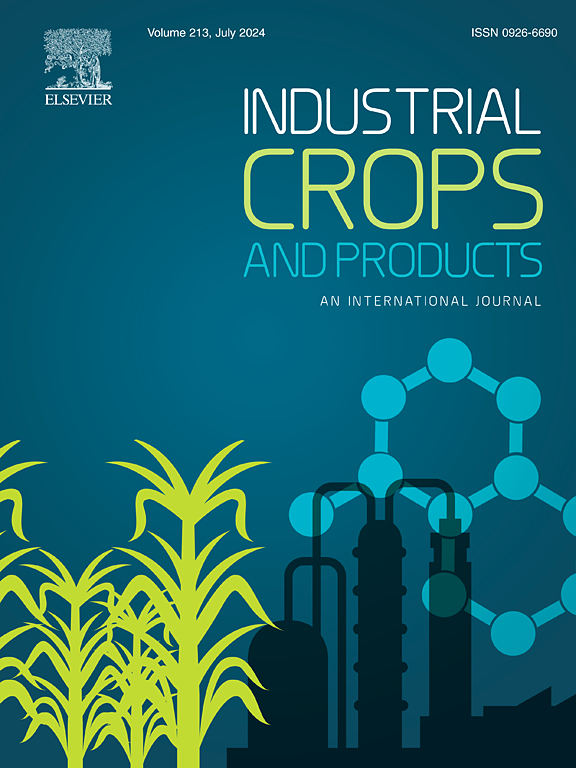Integration of multi-omics data and comprehensive analysis of gene functions offer novel insights into the mechanism of flowering time stage in Elymus sibiricus
IF 5.6
1区 农林科学
Q1 AGRICULTURAL ENGINEERING
引用次数: 0
Abstract
Elymus sibiricus stands out as a promising energy crop for cultivation on marginal lands, renowned for its high biomass production, superior fiber content and robust stress tolerance. Notably, the timing of its flowering plays a pivotal role in determining its biomass and seed yield. However, the mechanisms regulating flowering time stage in E. sibiricus remained enigmatic. In this study, we employed integrated proteomic and transcriptomic approaches to identify 1577 matched mRNA-protein pairs associated with flowering by contrasting two distinct flowering germplasms of E. sibiricus. Combined analysis highlighted essential roles for fatty acid degradation, circadian rhythm, and signal transduction pathways. The observed gene expression patterns suggested that fatty acid degradation might serve as a primary source of energy in late-flowering germplasm. Additionally, key genes such as EsFRS5, EsCRK25, and EsPIE1 from FAR1, SNF2, and RLK-Pelle_DLSV families, respectively, were identified as crucial contributors to the signaling pathway regulating flowering in E. sibiricus. Critically, we established the circadian rhythm framework in E. sibiricus and verified the role of EsFT and EsELF3 in regulating flowering. In conclusion, this study presents a comprehensive analysis of the transcriptome and proteome of E. sibiricus, revealing crucial flowering-related genes that serve as direct targets for precision breeding.
多组学数据的整合和基因功能的综合分析为羊草开花时间阶段的机制提供了新的视角
羊草以其高生物量、高纤维含量和强抗逆性而闻名,是一种很有前途的边缘土地能源作物。值得注意的是,开花时间在决定其生物量和种子产量方面起着关键作用。然而,调控东北野牡丹花期的机制仍是一个谜。本研究采用综合蛋白质组学和转录组学方法,通过对比两种不同开花种质,鉴定出1577对与开花相关的mrna -蛋白对。综合分析强调了脂肪酸降解、昼夜节律和信号转导途径的重要作用。观察到的基因表达模式表明,脂肪酸降解可能是晚花种质的主要能量来源。此外,研究还发现,分别来自FAR1、SNF2和RLK-Pelle_DLSV家族的EsFRS5、EsCRK25和EsPIE1等关键基因在西伯利亚花的开花调控信号通路中起着至关重要的作用。重要的是,我们建立了sibiricus的昼夜节律框架,并验证了EsFT和EsELF3在调节开花中的作用。综上所述,本研究全面分析了sibiricus的转录组和蛋白质组,揭示了作为精确育种直接靶点的关键开花相关基因。
本文章由计算机程序翻译,如有差异,请以英文原文为准。
求助全文
约1分钟内获得全文
求助全文
来源期刊

Industrial Crops and Products
农林科学-农业工程
CiteScore
9.50
自引率
8.50%
发文量
1518
审稿时长
43 days
期刊介绍:
Industrial Crops and Products is an International Journal publishing academic and industrial research on industrial (defined as non-food/non-feed) crops and products. Papers concern both crop-oriented and bio-based materials from crops-oriented research, and should be of interest to an international audience, hypothesis driven, and where comparisons are made statistics performed.
 求助内容:
求助内容: 应助结果提醒方式:
应助结果提醒方式:


